Peruvians Make a Home in the United States

Peruvian food is not the only import from Peru that is taking hold in the United States and elsewhere. A significant population of Peruvians also resides in the United States and is creating society and culture that contributes to the redefinition of the country.
In city after city people carry out processions for the Lord of Miracles, El señor de los Milagros. They may not gather the millions of followers that the image calls forth in Lima, but the pilgrimage is important. Flyers and posters announcing it every year are adding to the visual culture of the United States something that used to be foreign. It adds the hopes and prayers of Peruvians to those of other people in the vast US.
At the same time Peruvians are also members of other faiths such as evangelicals and Mormons, celebrating the religious diversity now present in Peru as well as recognizing the power of religion in their adopted land. At the same time these religious bodies provide paths for immigration and assistance when in the United States.
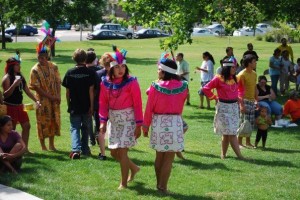
In many cities the Peruvians have organized civic associations and put on Peruvian festivals where they celebrate the national culture of Peru represented in its folk dance. As a result, throughout the country people perform Marinera norteña for a broader audience and more and more Americans are becoming familiar with this important dance.
While in Perú, the dance is a coastal dance that is part of the project of national culture, in the US it become prototypical of the entire country, and not just a region. Like what happens to other immigrant populations in the US, regional cultures recede in the face of the what is defined as “national.”

Curiously, in the United States much of the regional culture of Peru dissipates in the face of what is defined as belonging to the country, the creole culture of the coast that has become a code of sorts.
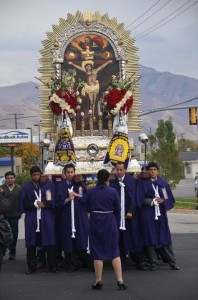
Thus the Peruvian restaurants in the United States tend to serve the same few dishes across the breadth of the land. Like other ethnic cuisines that of Peru becomes limited to just a few easily recognizable and notable foods. In the same way its dance and other aspects of its culture become reduced and the Peruvian American population may be more consistently national than Peruvians at home who have both the national and their local and regional cultures as well.
Peruvians have also opened grocery stores in many places and Peruvian importers have set up business bringing in the products of their home land. As a result many other Latin bodegas and stores carry Peruvian products.
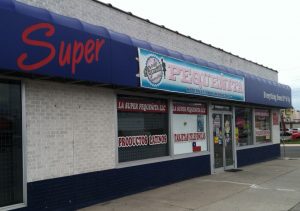
Besides food Peruvians have set up other import businesses in the US as well as export businesses. Among many other things, Peruvian handicrafts can increasingly be purchased in major north American cities and North American products make their way to Peru.
Peruvians build life in the United States following not only the rules of their new country but also the customs of their home country. As a result, when people need to raise money they may hold a pollada, a barbecue of chicken and invite the public to come for a fee to raise money for one kind of charity or another.
The Peruvian population in the US is quite complex. It involves notables and ordinary people. Many important writers and intellectuals spend time in the United States, if not establishing their base here. For example, the Nobel laureate Mario Vargas Llosa was teaching in the United States when he received word he had been awarded the Nobel Prize.
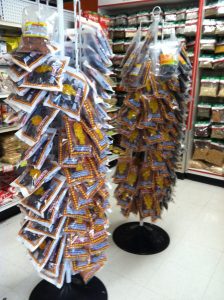
The celebrated young writer Daniel Alarcón makes his home in Oakland, California.
In addition, the literary don who may well be the key critic of Peruvian literature, Julio Ortega, made his career at the University of Texas, Brandeis, and now Brown University.
Famous Peruvians in the US include National Public Radio personality Mandalit del Barco, actor Benjamin Bratt, painter Boris Vallejo and the much read Carlos Castaneda who created the Don Juan series of books about shamanism.
Besides luminaries such as these, we find a whole range of Peruvians, although in general they tend to be more highly educated than the average Peruvian. Nevertheless, a whole population of sheepherders, mostly from the Mantaro Valley has settled in the American West, where they have filled an important occupational niche and formed specific communities. From them have stemmed notables such as Utah’s Tony Yapias one of the important Latino leaders and advocates of immigration reform.
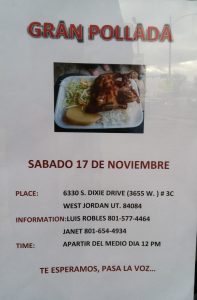
The US census claims there are 431, 358 Peruvians in the United States, while Wikipedia claims there are more than a million. The census indicates that the Peruvian population almost doubled over the last decade. In that time it showed a slower growth rate than almost all other South American Latino groups.
As a whole, the Peruvian population is heavily concentrated in the cities of the North East, especially Patterson, New Jersey where the largest single concentration of Peruvians resides. Nevertheless there are other places, such as Utah, where Peruvians constitute the third largest Latino population.
Peruvians are an important population in the United States and promise to continue to be. They have been the base for the spread of Peruvian food and country in North America, although chefs and businessmen of other origins are getting in on the boom now.




